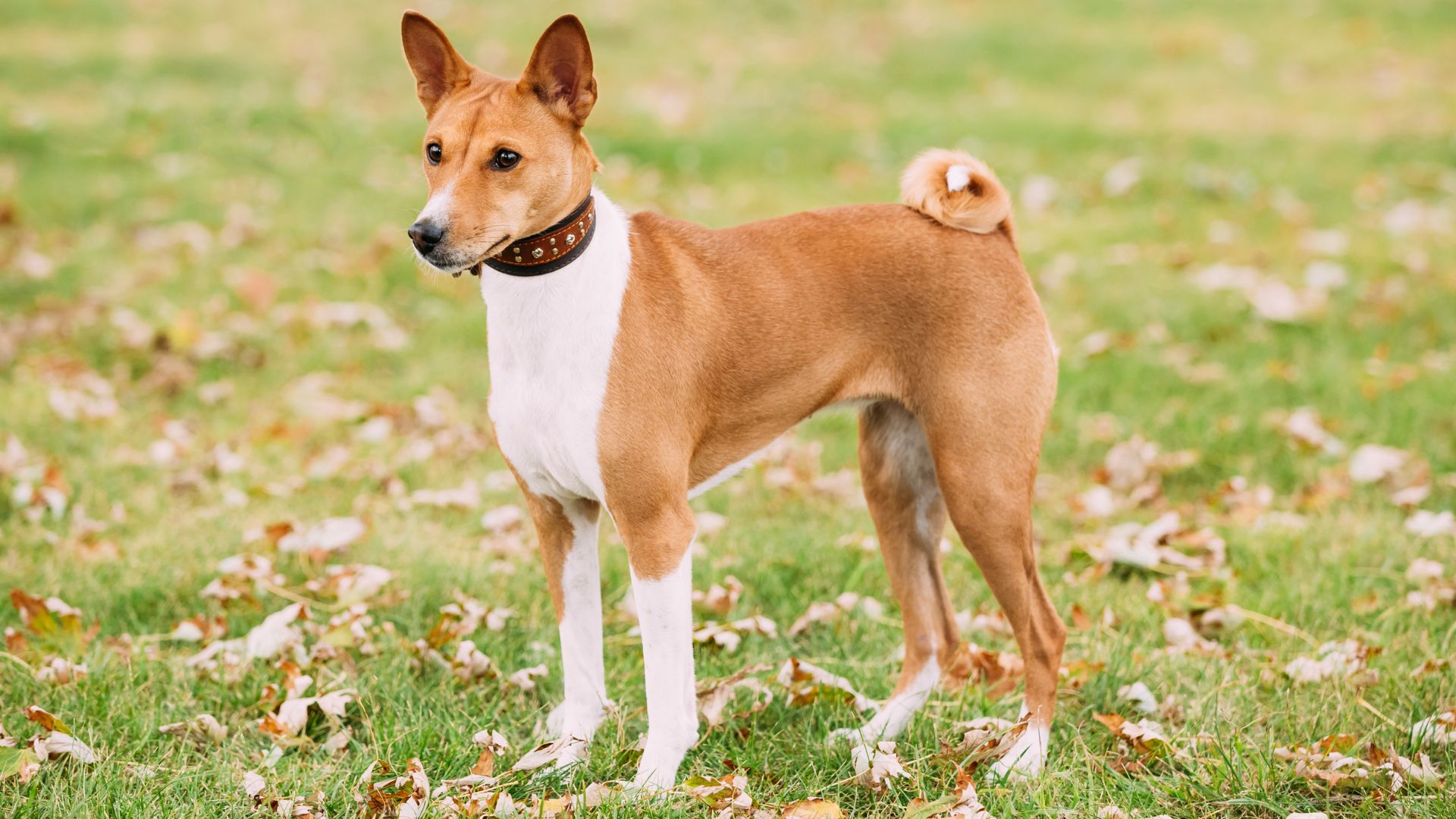Dogs have lived beside humans for over 15,000 years—long before cities, cars, or even written language. Archaeologists have uncovered dog remains buried with humans, carved into cave walls, and even mummified in Egyptian tombs.
They were hunters, protectors, and companions. While many modern breeds have been shaped by fashion or function, some have stayed remarkably true to their ancient roots. Their faces, bodies, and temperaments carry the blueprint of centuries past.
These old breeds are the living history, right by your side. You may pass them on the street or see them lounging in a home, unaware that they once guarded emperors or wandered deserts with nomads.
Coming up, you’ll meet ten dog breeds that have stood the test of time. They have kept their essence, their spirit, and their legacy alive.
Ancient Dog Breeds Still Around
1. Saluki
Salukis are one of the oldest dog breeds, with depictions found in ancient Egyptian tombs over 4,000 B.C.E. They were often associated with royalty and valued for their elegance and agility. Archaeological evidence suggests they were mummified and buried alongside pharaohs.
Bred for Long-Distance Desert Running
With slim builds, tucked waists, and deep chests, Salukis were made to cover vast distances with minimal fatigue. Their padded feet and fine coat supported movement across rocky terrain and harsh climates. This function-first design hasn’t changed much over millennia.
Low-Noise, High-Instinct Behavior
They’re often quiet and observant, a reflection of their refined instincts as a desert hunting dog. Their strong prey drive still surfaces, especially in open spaces. Controlled sprints and sight-based games tap into their ancient behavioral coding.
Naturally Reserved Yet Self-Sufficient
Salukis prefer calm environments and limited intrusion, making them classic examples of independent dogs. They’re not aloof, but they value personal space. This disposition helped them adapt to tribal life, where loyalty was earned through shared purpose.
2. Alaskan Malamute
This breed’s dense double coat, powerful limbs, and broad chest allow it to thrive in snow-heavy regions. Their heavy bone structure and tough paw pads support load-bearing movement. That physical resilience continues to make them reliable working companions in colder areas.
Naturally Strong-Willed Temperament
Alaskan Malamutes tend to make decisions independently, a reflection of their freighting heritage. They respond best to calm, consistent leadership instead of repetitive commands. This self-motivated trait still sets them apart from many other dog breeds.
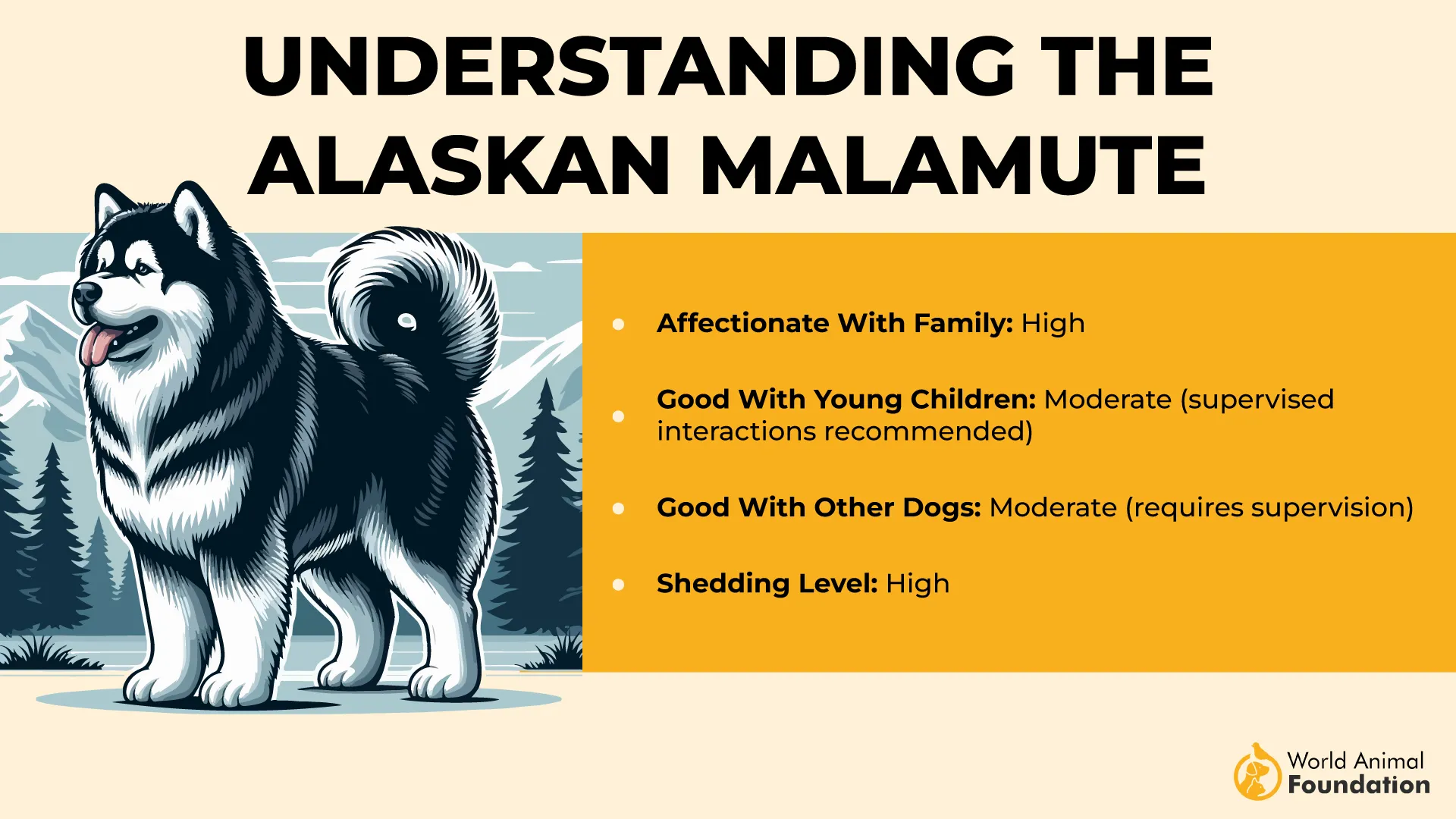
Low Vocalization, High Expression
Though expressive, they aren’t prone to excessive barking. Instead, they “talk” in unique howling tones, often referred to as woo-wooing. This sound-based communication is a signature trait that becomes noticeable when interacting with family members.
Adapted to Group-Based Environments
Malamutes prefer structure and inclusion, especially when raised among humans or other ancient breeds. Their sense of hierarchy is strong, which is why early training shapes better social behavior. They function best when given physical work or routine structure.
3. Afghan Hound
The Afghan Hound’s long, arched neck, deep chest, and narrow hips contribute to a frame built for sprinting. Its large paw pads act like shock absorbers, ideal for uneven ground. This breed’s structure supports explosive bursts of speed over short distances.
Low Body Fat and Strong Musculature
Though lean in appearance, Afghan Hounds have powerful back legs and firm musculature underneath their flowing coat. Their minimal body fat and natural agility reduce the risk of many mobility issues. That balance helps them remain athletic even into older age.
Independent Nature With Selective Affection
They’re highly self-driven and make decisions on their own, often described as dignified rather than stubborn. This tendency makes them ideal for experienced pet parents who appreciate emotional space. Their aloofness is tied to ancient instincts rather than social disinterest.
Signature Coat With Functional Design
The long, silky coat served as protection against extreme climates, as mentioned in the AKC. Because the Afghan Hound originated in mountainous regions, this coat helped guard their lean bodies from both heat and chill. Daily brushing prevents matting and maintains insulation.
4. Basenji
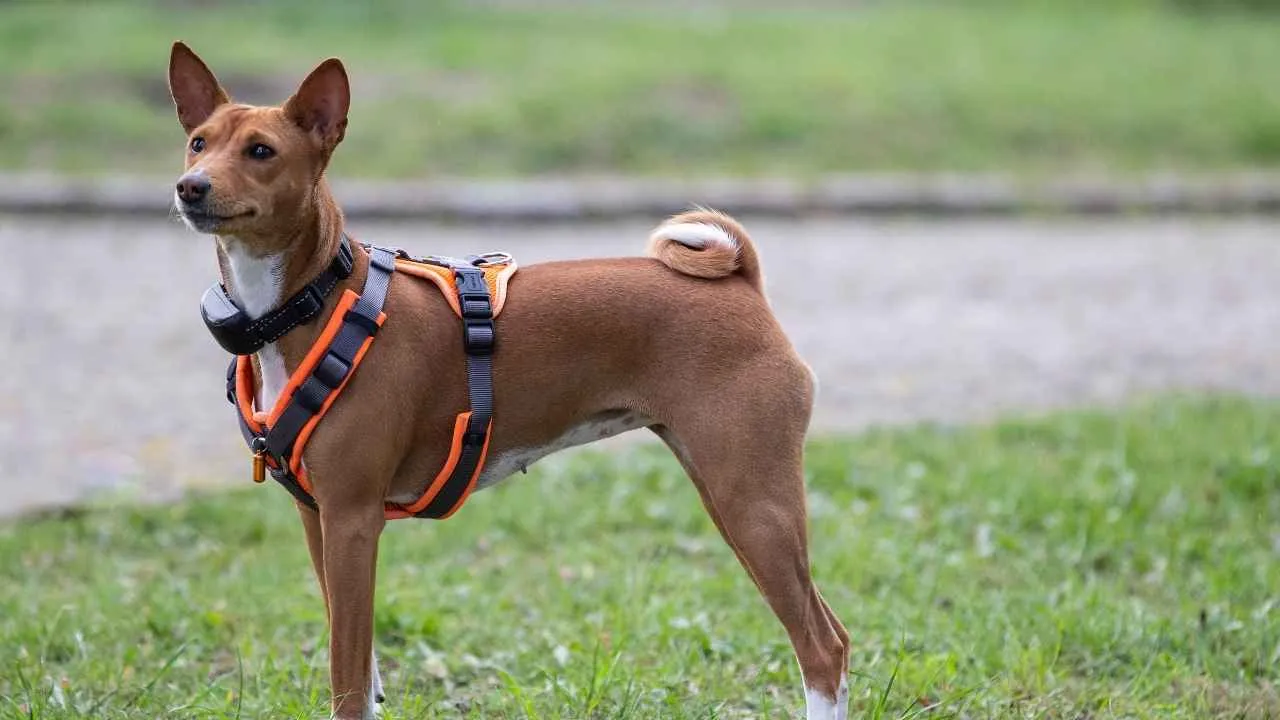
Basenjis do not bark, a trait rooted in the unique shape of their larynx. Instead, they produce a yodel-like sound called a “baroo,” often triggered by excitement. Their quiet nature doesn’t mean inactivity—they remain highly observant and responsive to changes around them.
Clean, Cat-Like Grooming Habits
Known for grooming themselves with their paws, Basenjis often resemble feline behavior more than typical canines. Their short, fine coat barely carries odor and sheds very little. This makes them easy to maintain without excessive cleaning routines.
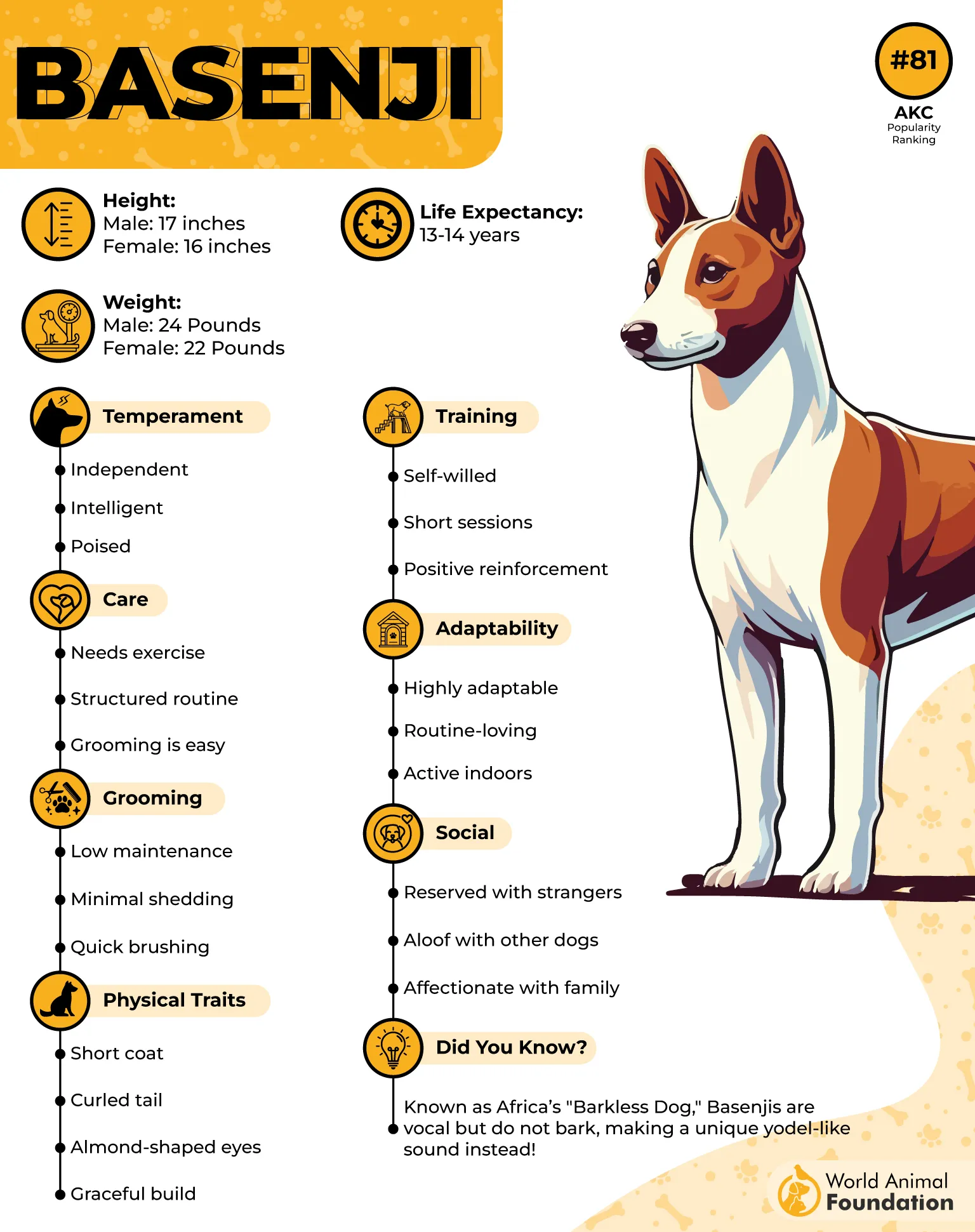
Fast Movers with an Independent Mind
Their compact, muscular frame enables quick acceleration and sharp turns, originally useful in hunting small prey. As with a few other breeds, Basenjis can problem-solve on their own and may often ignore commands they deem unnecessary. Early guidance helps build cooperation.
Needs Stimulation to Stay Balanced
Because of their active mind, mental stimulation is just as essential as physical activity. Puzzle toys, scent trails, and new environments help keep their behavior in check. This trait ties back to their ancient origins as free-ranging village dogs.
5. Tibetan Terrier
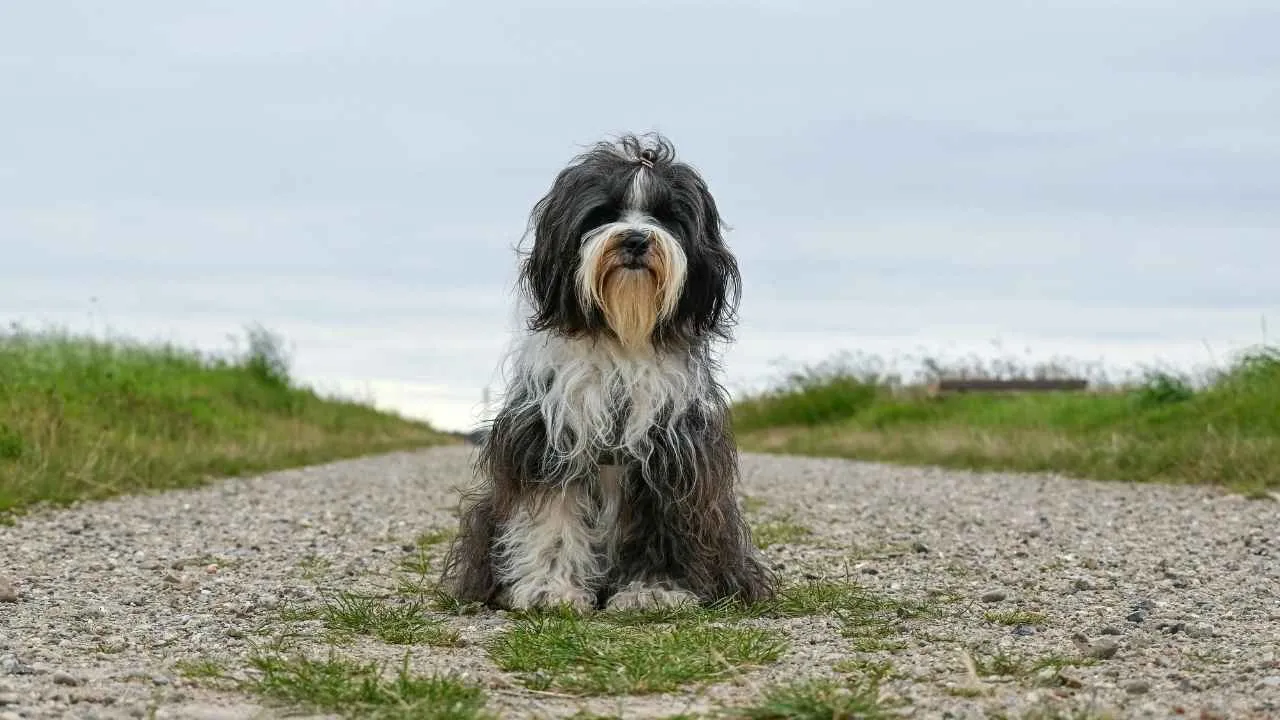
The Tibetan Terrier stands out with its square build, medium size, and heavy bone density for its height. These proportions contribute to sure-footed movement on uneven surfaces. Their broad, flat feet function almost like natural snowshoes in rugged terrain.
Dense Coat With a Purpose
Its double coat serves as real protection against cold, wind, and moisture. The outer layer is profuse and fine, while the undercoat insulates without tangling easily. Routine grooming maintains its texture and minimizes skin sensitivity.
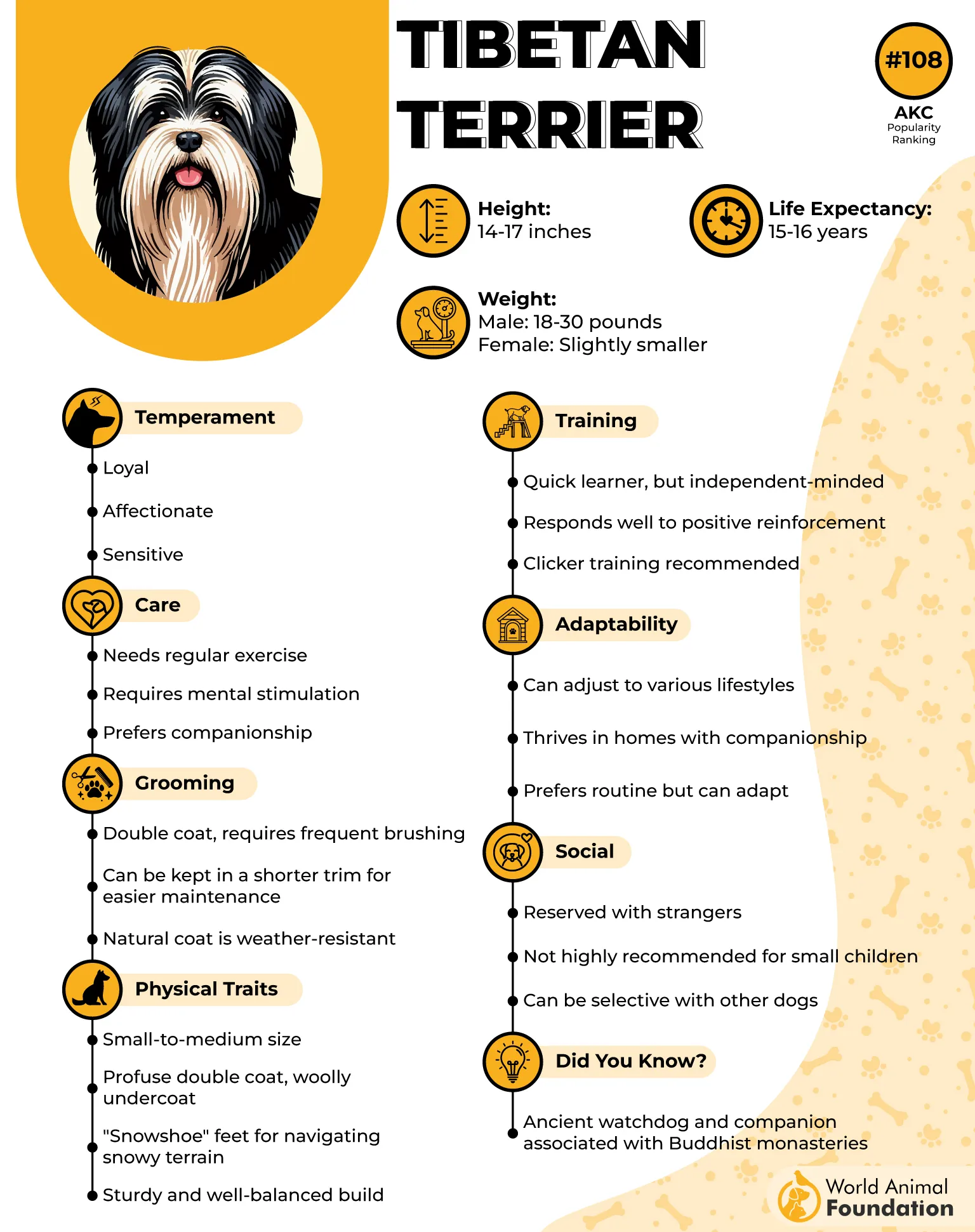
Energetic Yet Measured Movement
Though adaptable to indoor life, they have a deeply rooted need for activity and interaction. Bred originally as working dogs, they’re agile climbers and navigators in rocky regions. Daily play or structured walking keeps their energy positively channeled.
Calm Demeanor With Selective Loyalty
The Tibetan Terrier is often described as thoughtful and emotionally perceptive, forming strong bonds over time. It fits the profile of the oldest breed preserved through functional companionship. This intuitive nature makes them reliable without being overly demanding.
6. Chow Chow
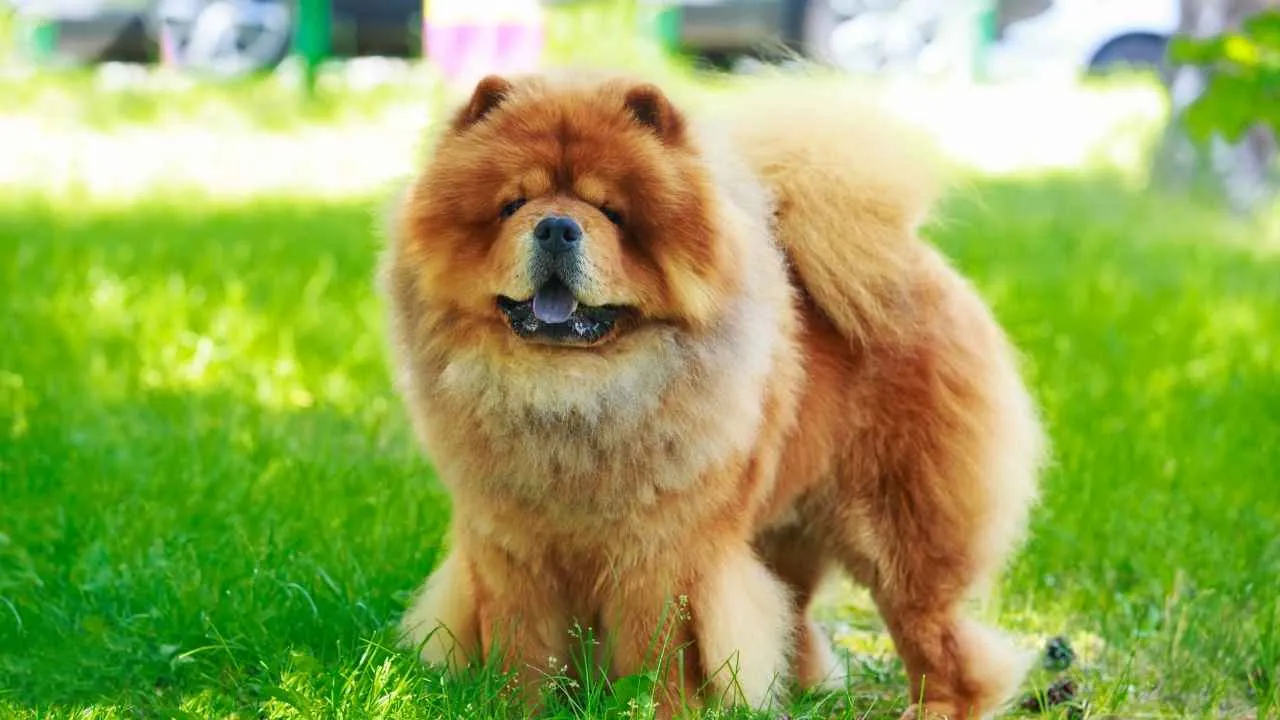
The Chow Chow stands out for its compact build, deep chest, and distinctive mane-like ruff. Its muscular structure supports steady movement rather than speed. Their straight hind legs give them a signature stilted gait, often mistaken for stiffness.
Aloof and Territorial by Nature
These dogs form strong bonds with their household but remain reserved with outsiders. They show loyalty through quiet presence rather than constant interaction. Proper socialization is essential if they’re expected to share space with other pets.
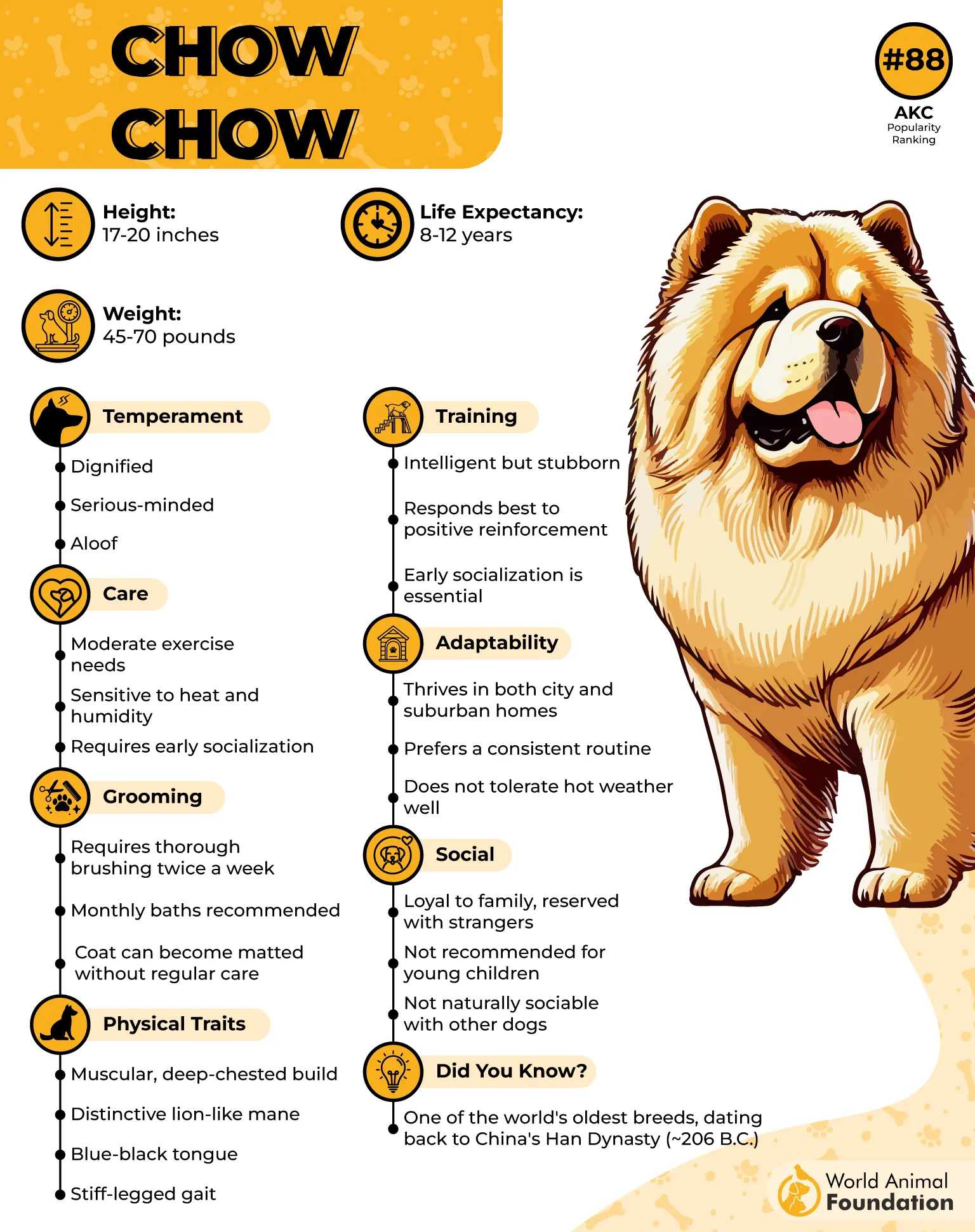
Highly Clean and Cat-Like
Chow Chows are known for their personal grooming habits and aversion to dirt. They often house-train earlier than many breeds due to this innate cleanliness. Their quiet demeanor and low odor also appeal to indoor-focused owners.
Known for a Unique Physical Trait
The breed is one of the few to naturally have a blue black tongue, a trait that develops in early puppyhood, as the AKC claims. It’s a hallmark of their lineage and sometimes used in breed identification. This feature is both genetic and consistent across purebreds.
7. Pekingese
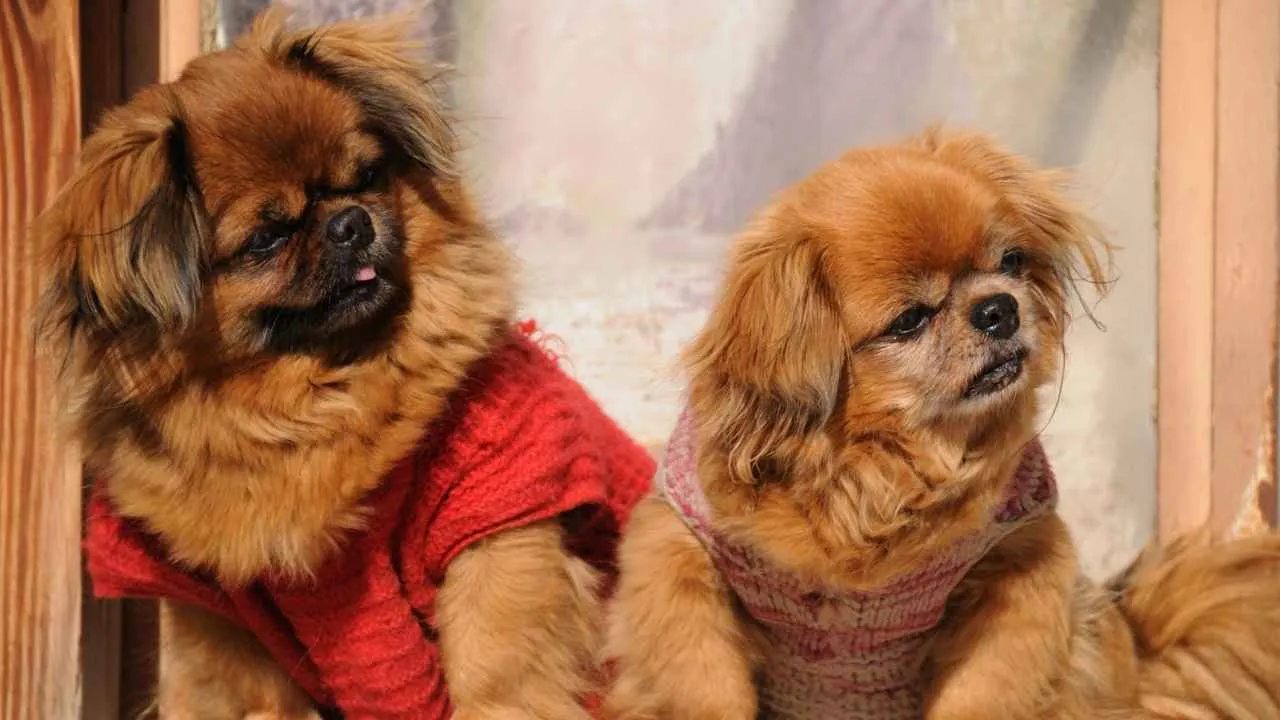
The Pekingese has a sturdy, low-slung body wrapped in a thick double coat that gives it a lion-like silhouette. Its broad chest and surprisingly muscular build support calm but confident movement. This structure allows short bursts of activity without strain.
Heavy Coat with Insulating Quality
The long mane-like fur helps regulate body temperature in cold indoor settings. Their dense undercoat provides a barrier against drafts and flooring. Routine grooming keeps the fur manageable and matting-free.
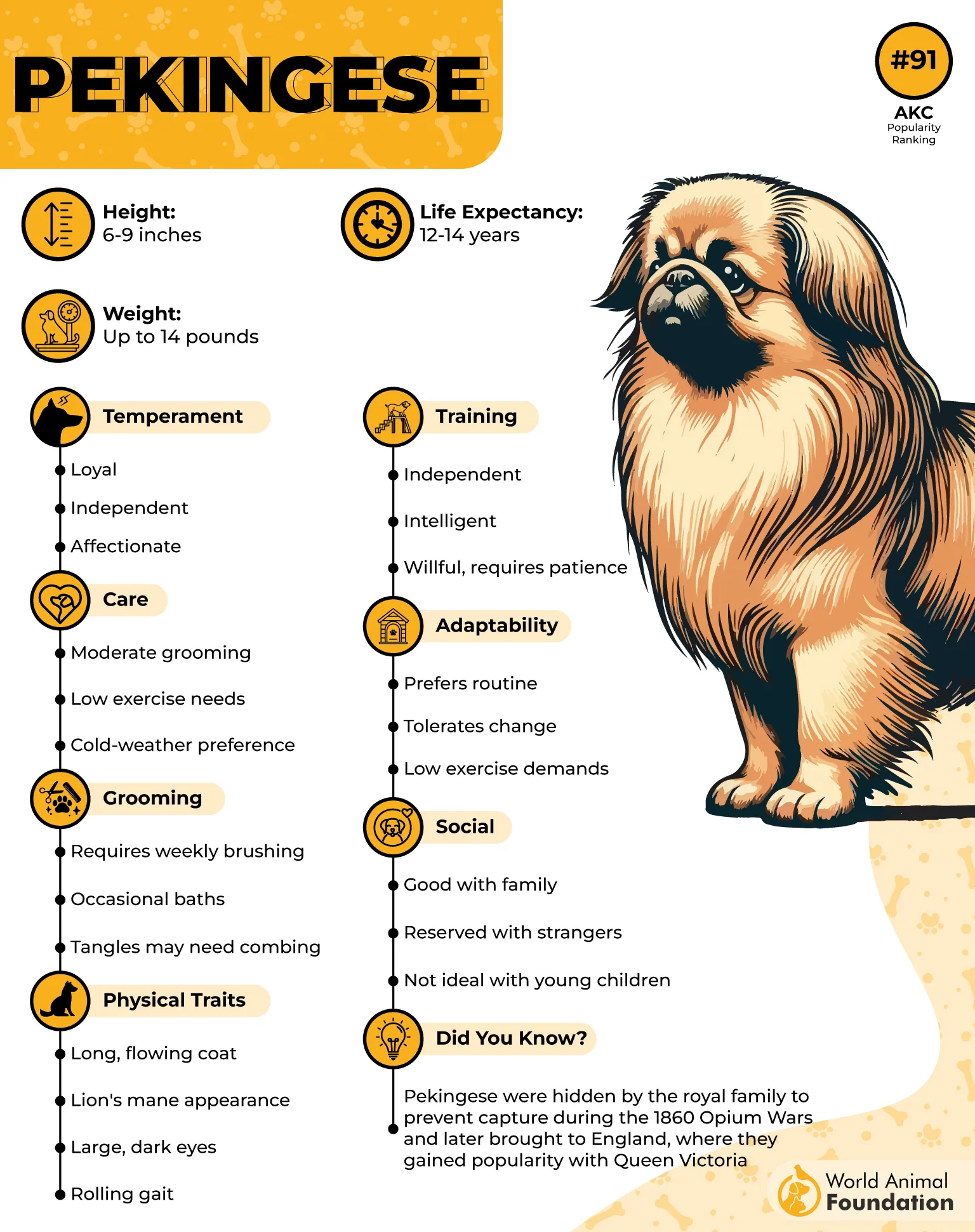
Distinctive Movement Style
They’re known for their signature “rolling gait,” a side-to-side walking pattern caused by their body proportions. This trait is recognized by kennel standards and hasn’t been bred out over centuries. It’s part of what sets their motion apart from other small breeds.
Alert, Bold, and Selective
The breed is famously self-possessed and not quick to seek constant attention. They bond deeply but on their own terms, often preferring one or two people in a household. This type of temperament can be traced back to their traditional palace roles.
8. Shar-Pei
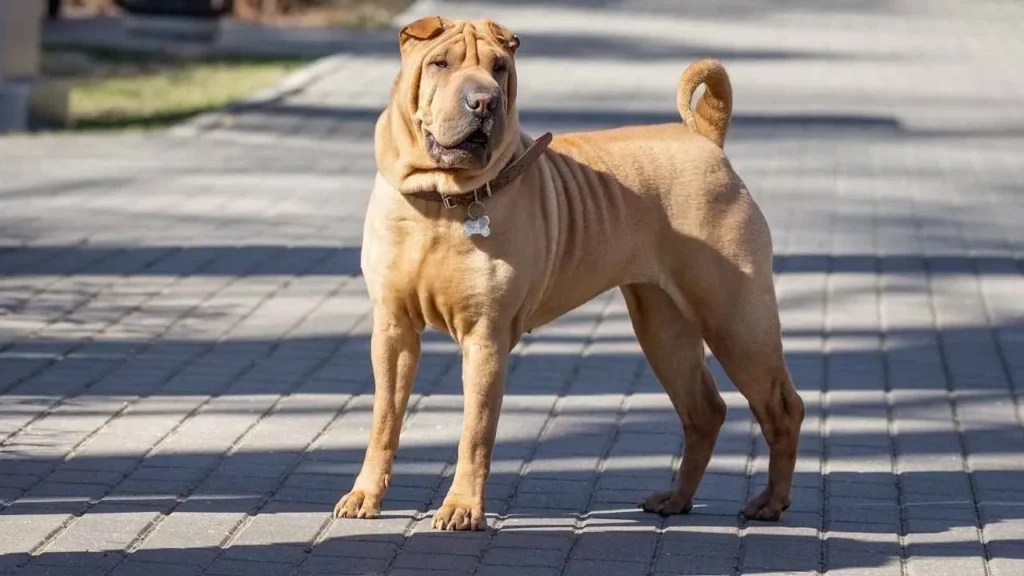
Shar-Peis have a unique physical structure, with thick, padded skin and broad muzzles. Their wrinkles offered protection during physical tasks. The dense folds are most prominent in puppies and subtly remain into adulthood.
Thick Muzzle and Blue-Black Tongue
This breed’s signature “hippopotamus” face includes a wide muzzle and a striking tongue color. The blue-black tongue is genetically shared with only one other known breed, the Chow Chow. It’s an inherited trait that connects them to a very narrow lineage.
Aloof Yet Extremely Loyal
They tend to form deep bonds with one or two household members and remain reserved with strangers. This temperament makes them effective watchdogs without being unnecessarily reactive. They’re quiet, observant, and naturally inclined to stay calm indoors.
Known for Low-Odor, Low-Shedding Coats
Shar-Peis have short, bristly coats that come in “horse” and “brush” varieties. These coats shed minimally and lack the typical dog odor, which some owners find practical. They’re also relatively easy to clean due to the lack of undercoat.
9. Akita Inu
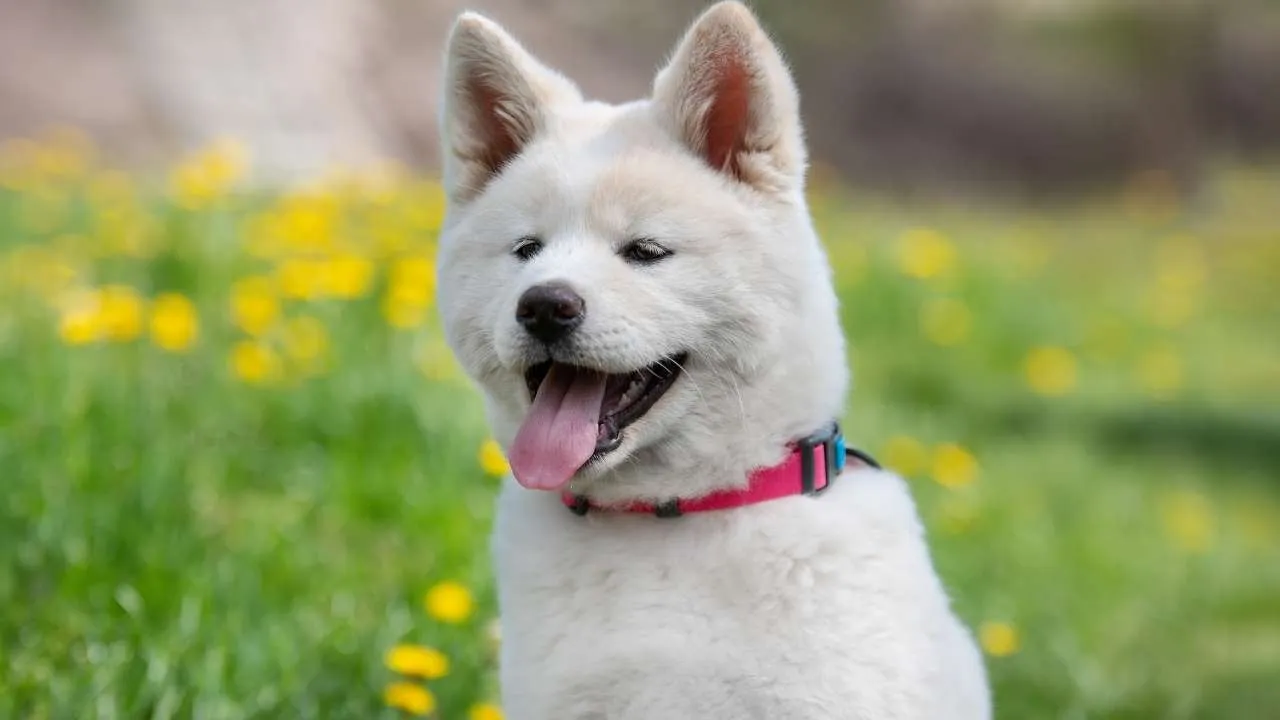
Akitas are thick-boned, heavy-coated dogs with a compact frame that radiates control and stability. Their forward-set ears and broad head give them a commanding presence. Their tail, curled tightly over the back, serves as a cold-weather adaptation and emotional signal.
Instinctively Quiet and Highly Alert
They often remain silent unless there’s something that truly requires attention. This low-vocal nature is a trait deeply rooted in their original use as dignified guardians. Their gaze is unwavering, and they’re known to maintain visual contact longer than most breeds.
Territorial and Socially Selective
Akitas form tight bonds with their inner circle but are slow to accept outsiders. They observe before engaging and tend to avoid chaotic environments. Consistent handling is crucial, as they are naturally dominant and dislike unpredictability.
Documented for Their Loyalty Worldwide
A well-known case in Japan memorializes Hachikō, an Akita who waited at a train station daily for over nine years after his owner’s death. The bronze statue erected in his honor still stands at Shibuya Station, symbolizing the breed’s legendary loyalty.
10. Greenland Dog
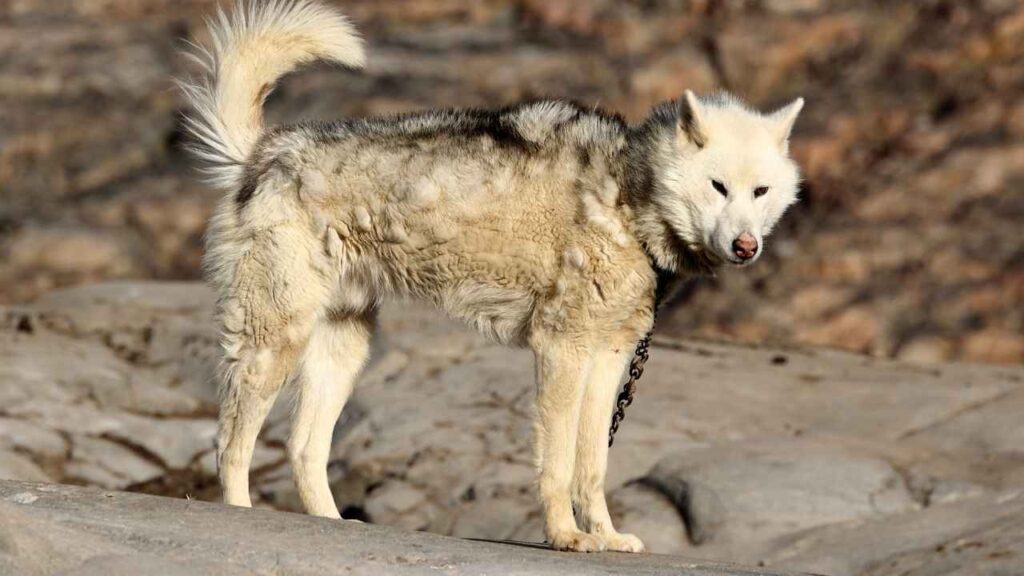
The Greenland Dog has a thick, double-layered coat that offers insulation against extreme cold. Their robust body, strong limbs, and broad chests allow them to handle heavy sled-pulling duties. Their overall structure is compact yet muscular, built for survival rather than aesthetics.
Energetic and Tireless Work Ethic
This breed maintains high energy levels and thrives when given consistent physical tasks. They’re most balanced when they have structured routines involving pulling, hiking, or agility-based work. Their stamina makes them suitable for owners with access to open or rugged spaces.
Pack-Oriented and Assertive Temperament
Greenland Dogs are pack animals that respond best when integrated into clear social hierarchies. They’re known for being assertive and occasionally dominant, especially when boundaries aren’t reinforced. Early training and group socialization help shape their cooperative instincts.
Low Sensitivity to Harsh Conditions
These dogs tolerate environmental stress with remarkable ease, thanks to adaptations formed over centuries. They have a strong pain threshold and rarely exhibit signs of cold-related discomfort.
Conclusion
Across deserts, mountains, palaces, and frozen trails, these dogs haven’t just survived—they’ve shaped history. Backed by genetic evidence and stories carved into stone, the most ancient dog breeds still walk beside us today.
Many of them, like the Greenland Dog, remain active as sled dogs, while others guard homes or quietly live as companions. The American Kennel Club recognizes several of these breeds for their rich history and enduring traits.
Whether they once hunted large game or served as guard dogs, they continue to reflect strength, loyalty, and purpose. With daily exercise, good health, and calm guidance, these highly intelligent and highly trainable breeds remain a living link to a time before modern domesticated dogs.


